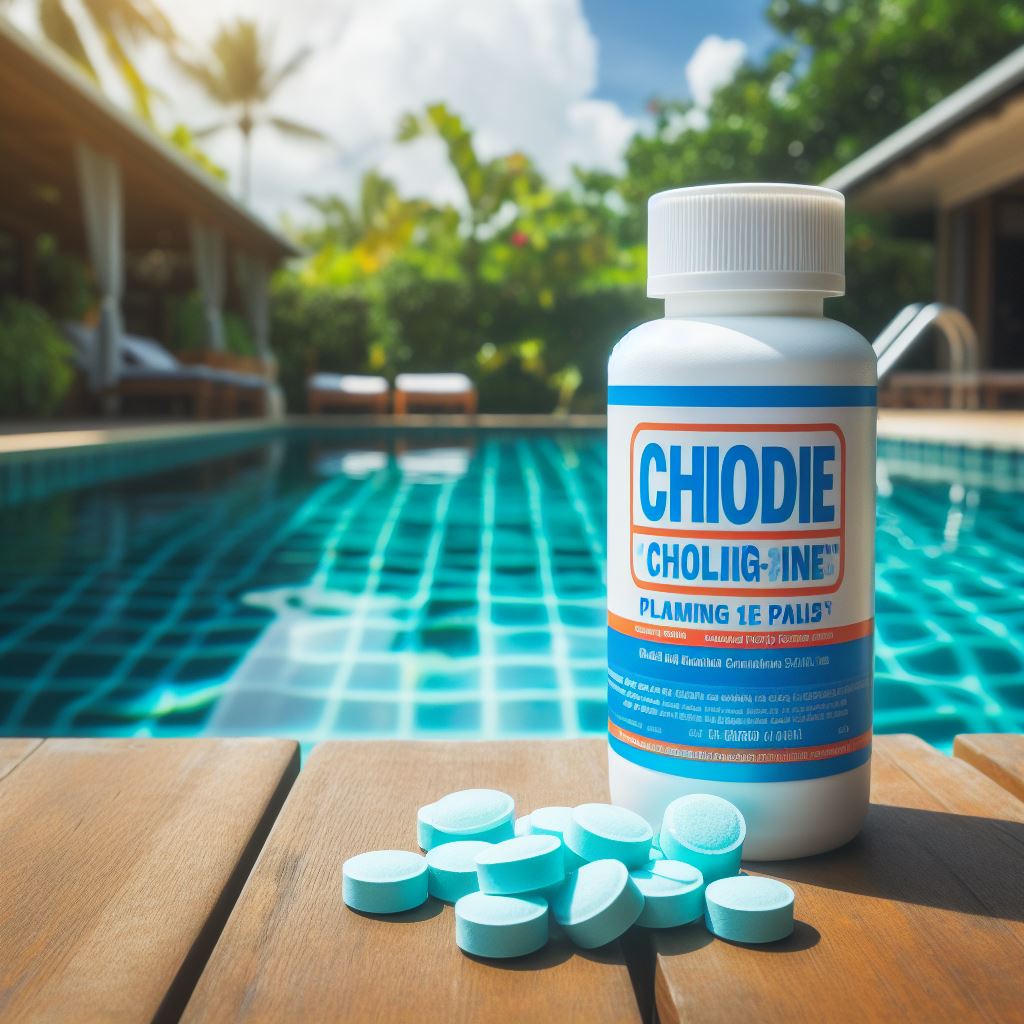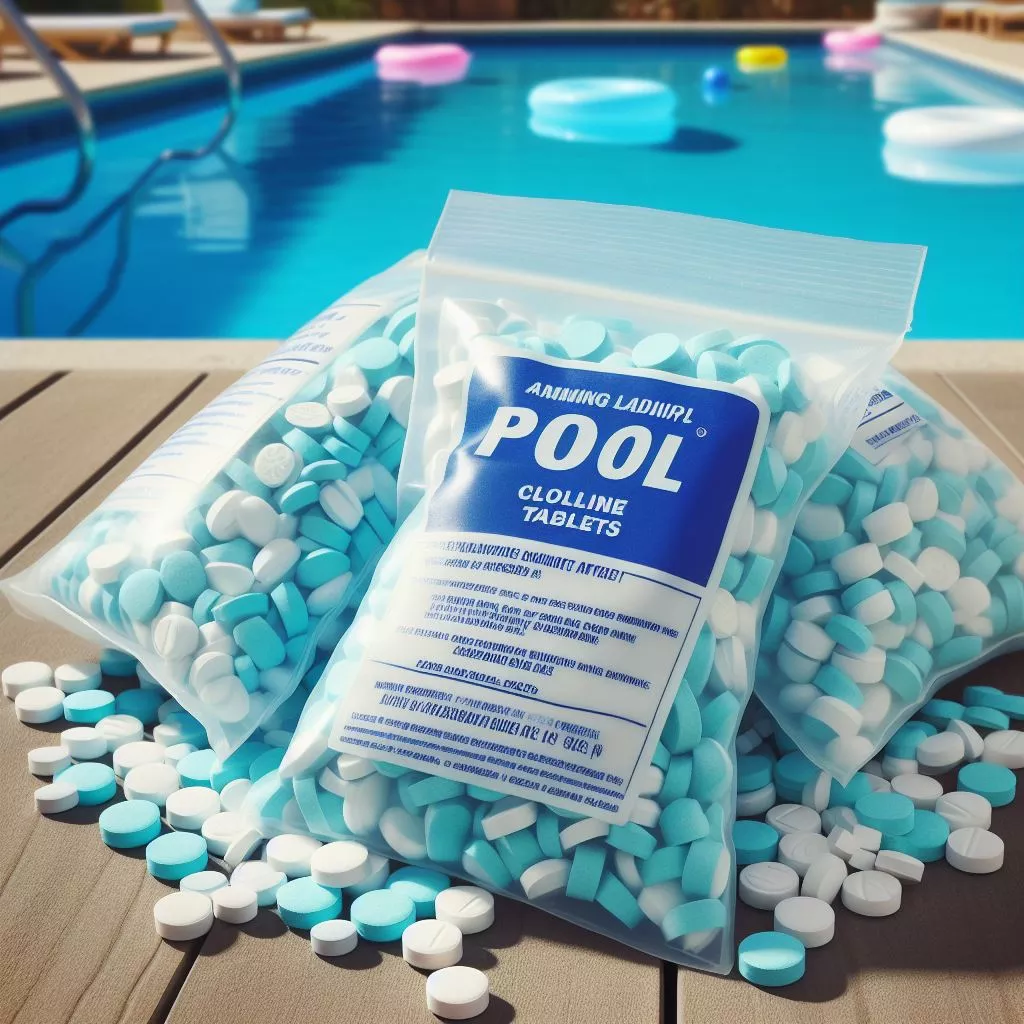In today’s world, sanitation and disinfection have become paramount to maintaining public health and safety. With the ongoing concerns surrounding infectious diseases, finding reliable and cost-effective disinfection solutions is more crucial than ever. Chlorine tablets, a versatile and powerful disinfectant, offer an excellent balance between efficiency and affordability. Here’s a comprehensive guide on how to harness the power of chlorine tablets for disinfection, ensuring your spaces are sanitized while keeping costs in check.

I. Understanding Chlorine Tablets: The Basics
1. Active Ingredient:
Chlorine tablets primarily contain sodium dichloroisocyanurate (SDIC) or trichloroisocyanuric acid (TCCA), which, when dissolved in water, release hypochlorous acid, a potent disinfectant.
2. Mechanism of Action:
Hypochlorous acid disrupts the cell walls of microorganisms, including bacteria, viruses, and fungi, effectively eliminating them from surfaces and water.
3. Versatility:
Chlorine tablets can be used for various applications, from swimming pool sanitation to household disinfection, making them a multi-purpose cleaning solution.
II. Selecting the Right Chlorine Tablets
1. Concentration Matters:
Choose tablets based on their available chlorine content (ACC), typically ranging from 20% to 65%. Higher ACC tablets require fewer units for the same disinfection effect, but may not always be cost-effective for smaller tasks.
2. Application-Specific:
Consider the intended use when selecting tablets. For example, pool maintenance requires specific types of chlorine tablets optimized for water compatibility and stability.
3. Brand Reputation:
Research and select reputable brands known for consistent quality and safety standards.
III. Efficient Dissolution Techniques
1. Water Temperature:
Warm water (not hot) accelerates the dissolution process, allowing for quicker and more even distribution of chlorine.
2. Stirring:
Gently stirring the water after adding the tablets helps break them down faster, ensuring uniform distribution throughout the solution.
3. Measuring Correctly:
Always follow the manufacturer’s instructions for the correct number of tablets and water volume to achieve the desired disinfection strength.

IV. Economical Use Strategies
1. Dilution Ratio:
Experiment with different dilution ratios to find the most cost-effective balance between disinfection power and water usage.
2. Reuse and Recycle:
Where possible, reuse diluted chlorine solutions for subsequent cleaning tasks, ensuring they remain effective within their recommended usage window.
3. Scheduled Maintenance:
Regular disinfection schedules prevent the need for more intensive (and expensive) cleaning procedures in the long run.
V. Safety Precautions
1. Proper Handling:
Wear gloves and eye protection when handling chlorine tablets to prevent skin and eye irritation.
2. Ventilation:
Work in a well-ventilated area to minimize exposure to chlorine fumes.
3. Storage:
Store tablets in a cool, dry place, out of reach of children and pets, to maintain their potency and avoid accidental ingestion.
VI. Monitoring and Maintenance
1. Residual Chlorine Testing:
Regularly test the water or solution for residual chlorine levels to ensure they are within the recommended range for effective disinfection.
2. Adjustments:
Based on test results, make adjustments to the number of tablets or dilution ratio to maintain optimal disinfection levels.
3. Equipment Care:
For pool use, ensure the pool filter and pump are functioning properly to distribute the chlorine evenly throughout the water.
VII. Eco-Friendly Considerations
1. Waste Management:
Dispose of used chlorine tablets and solutions responsibly, following local regulations for hazardous waste.
2. Alternative Uses:
Explore creative ways to repurpose diluted solutions, such as using them to sanitize garden tools or outdoor furniture, reducing waste and maximizing their use.
3. Sustainable Purchasing:
Opt for eco-friendly packaging and support manufacturers that prioritize sustainable practices.
VIII. Incorporating Chlorine Tablets into Your Routine
1. Education:
Train staff or family members on proper usage, safety precautions, and disposal methods to ensure consistent and safe disinfection practices.
2. Maintenance Schedules:
Establish and stick to regular disinfection schedules, integrating chlorine tablets into your daily or weekly cleaning routines.
3. Monitoring Results:
Keep track of disinfection outcomes and adjust your strategies as needed to maintain high levels of sanitation and cost-effectiveness.
Conclusion
By following these tips, you can effectively and economically disinfect your spaces using chlorine tablets. With their versatility, potency, and cost-effectiveness, chlorine tablets are a valuable addition to any disinfection arsenal. Remember, proper usage, safety precautions, and ongoing monitoring are key to maximizing their benefits and ensuring a healthy, sanitized environment for all.

 Instant
Quote
Instant
Quote Email
Us
Email
Us